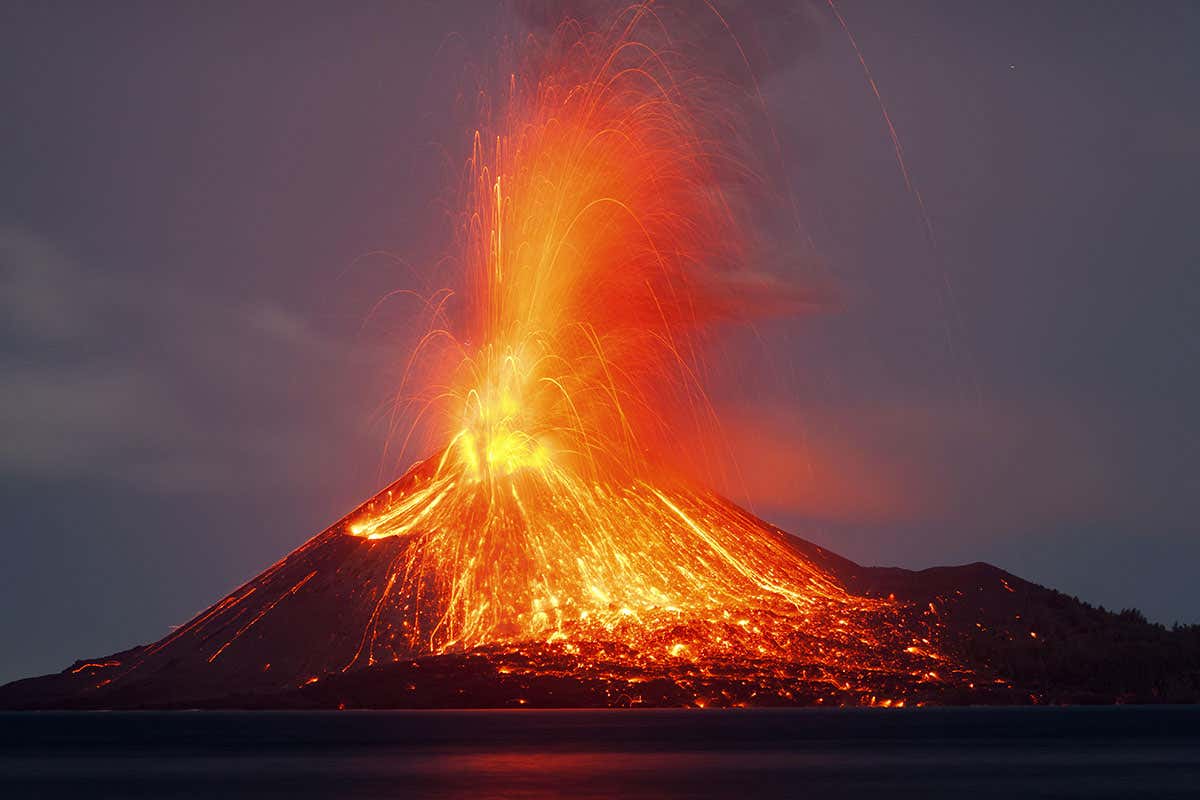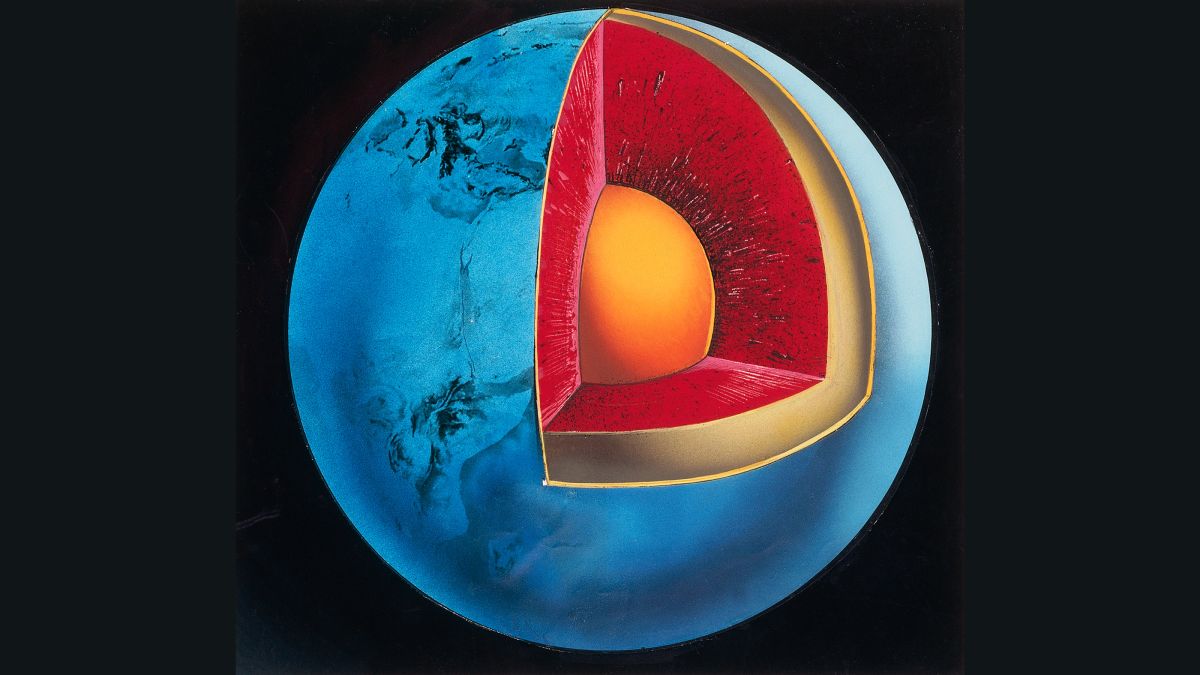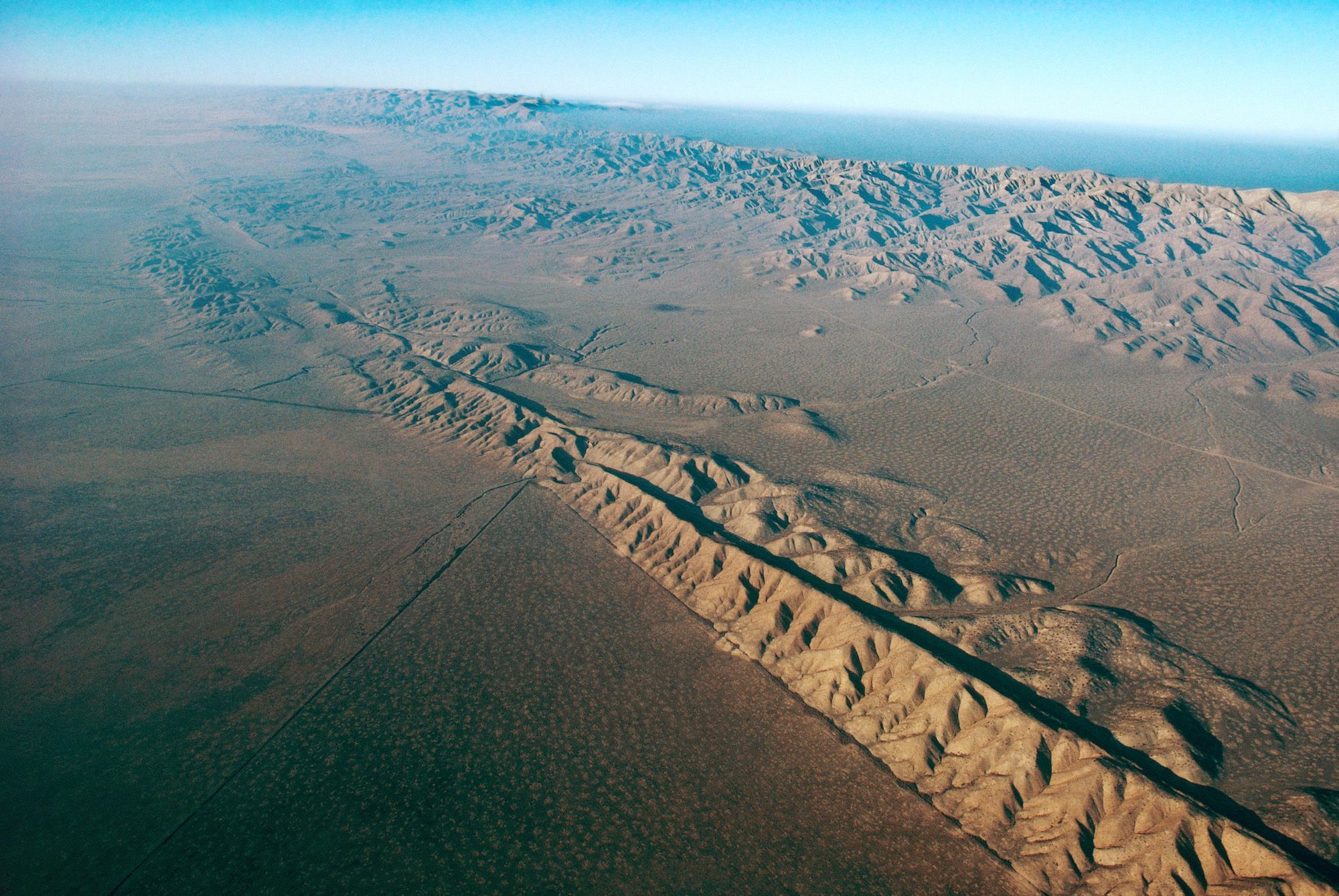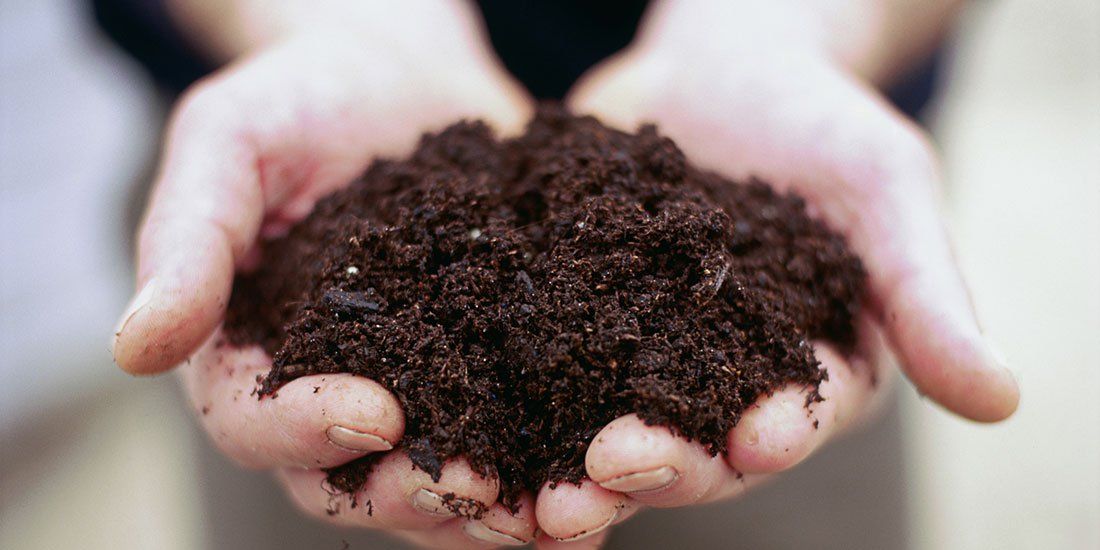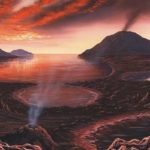For many years it was believed by geologists that the location of the continents was fixed. These scientists believed that the locations of the continents was determined many billions of years ago, as the young Earth cooled down from its original state as a ball of molten lava. It was believed that the continents were simply areas where the crust was too high for the oceans to cover them over.
Modern scientific discoveries have helped us understand that this view of the Earth is inaccurate. The continents are more than just raised portions of the Earth’s crust. These massive rocks are made of materials which are different from the ocean floor. The continents are not fixed permanently in location in the Earth’s crust, but are free to move about across the Earth’s crust.
Sima – Oceanic Crust
The ocean floor is made primarily of extremely dense rock which scientists call sima. Sima is made out of two basic substances. These substance are silica, and magnesium.
Sima tends to be younger than the rocks found on continents. Scientists believe that a layer of sima also underlies the continents, so that it is below them.
Sial – Continental Crust
In locations where there are continents, we find a very different type of crust. The rocks found in the crust of the continents is called sial. Sial is made of silica, and aluminum, and is much lighter than the sima beneath it.
Isostasy
If you were to take a large rubber ball and place something heavy on top of it, such as a bowling ball, what do you suppose would happen to the rubber ball?
The weight of the bowling ball will push the skin of the rubber ball inward, creating a dent. Scientists observe the same phenomena with the Earth’s crust. When the Earth’s crust is pushed down, creating a small dent, we refer to this as isostasy.
Isostasy takes place on the Earth wherever a large amount of weight is present. This weight might be due to a large mountain, ice from an ice age, or even from manmade structures, such as the weight from large manmade lakes.
Isostasy also takes place when a large amount of weight is removed from an area, causing that portion of the Earth’s crust to rise, such as when ice caps melt.

